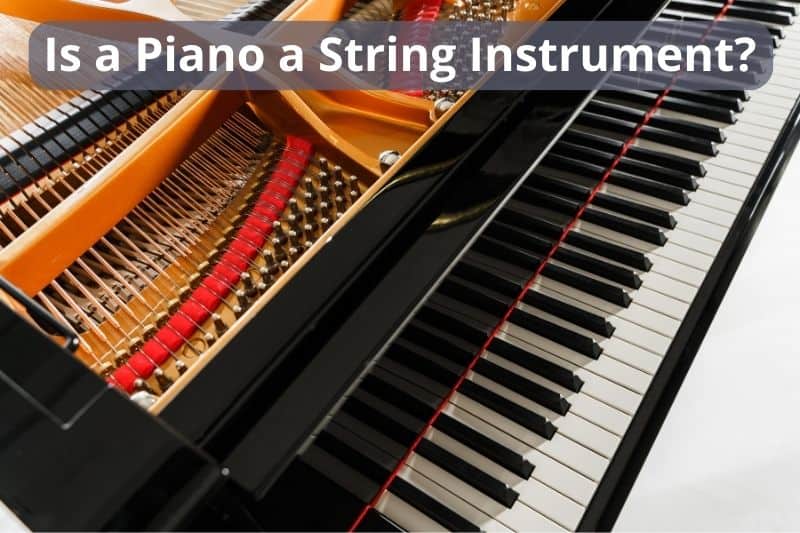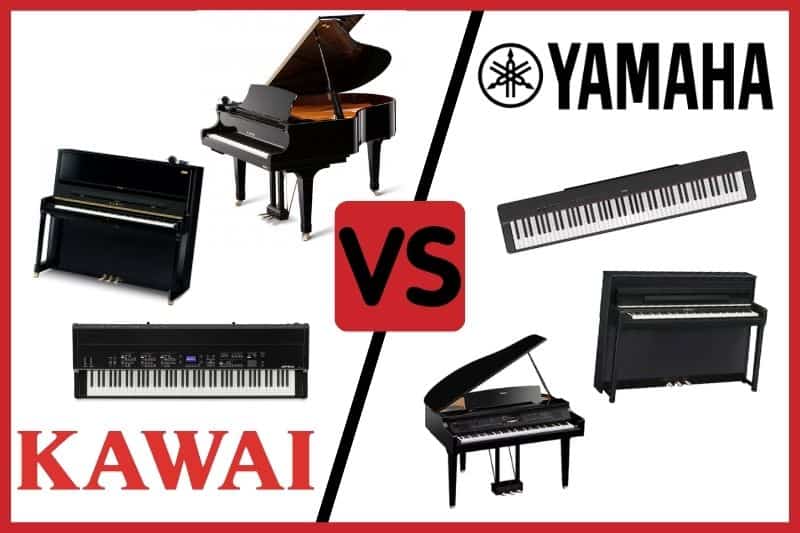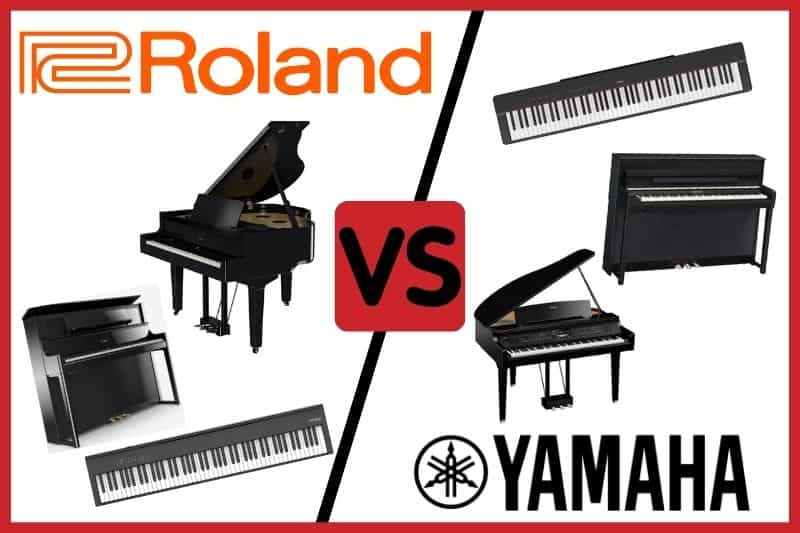Once you start learning about instrument classification, you might look at a piano wonder whether it’s a string instrument. To get to the heart of the matter, you’ve got to understand the piano’s mechanism. Inside its large, often imposing frame are tightly stretched strings, which would suggest it falls neatly into the category of string instruments. However, it’s not just the strings that make a piano work.

The piano’s hybrid nature comes from its action mechanism, where pressing a key leads to a felt-covered hammer striking the strings. This element of striking categorizes it as a percussion instrument as well. It’s the combination of strings and hammers that gives the piano its unique ability to produce melodious tunes with a rhythmic precision, reflecting the characteristics of both string and percussion families.
In essence, the piano defies a single classification, embodying the qualities of string and percussion instruments. This dual identity allows pianists to express a wide range of emotions and play styles, from the softest melodies to the most emphatic chords. Next time you see a piano, you’ll understand that this complex and versatile instrument enjoys the best of both worlds.
Piano Classification
The piano’s unique qualities make its classification intriguing, as it’s recognized within two categories: string and percussion, each due to different aspects of the instrument’s operation and sound production.
Piano as a String Instrument
A piano generates sound when its tightly stretched strings vibrate. In the Hornbostel-Sachs classification system—the standard method for categorizing musical instruments—this qualifies it as a chordophone, a type of string instrument. This family also includes instruments like violins and cellos, which produce sound through string vibration, typically using a bow or by being plucked with the fingers.
Piano as a Percussion Instrument
However, the piano also functions as a percussion instrument. Why? Because you produce sound by striking the strings with felt-covered hammers. Percussion instruments, such as xylophones, drums, and timpani, all create sound by hitting, shaking, or scraping the instrument. Similarly, when you press the piano keys, it’s essentially like striking a percussion instrument.
Piano Mechanics
Understanding the mechanics of a piano gives you deeper insight into this complex string instrument. The piano’s design intricately combines various materials and mechanisms to produce its unique sound.
Key Mechanism
Each key you press is part of the piano’s sophisticated action mechanism. This system includes levers and joints which connect the keys to the hammers. When you press a key, this action raises the hammer to strike the strings associated with that particular note.
String and Hammer Interaction
The heart of the piano’s sound lies in the interaction between the strings and the felt-covered hammers. As you press a key, the corresponding hammer strikes the strings, causing them to vibrate. This vibration transfers to the soundboard, amplifying the sound, enabling the piano to cover a wide tonal range.
- Strings: Their varying lengths and thicknesses are responsible for the different pitches.
- Hammers: Coated with a special felt, they are designed to hit the strings without damaging them.
- Soundboard: It resonates with the vibrating strings, enriching the piano’s sound.
- Damper: When you release a key, the damper stops the strings from vibrating, silencing the note.
Materials and Construction
Pianos are built with durability and sound quality in mind. A cast-iron frame holds the tension of the strings and is responsible for maintaining the piano’s tune.
- Frame: It supports the tension of all the strings which, when combined, can exert tens of thousands of pounds of pressure.
- Materials: Pianos are largely made from wood, contributing to their dynamic sound and durability.
- Construction: There’s a precise craft to arranging the strings, hammers, and soundboard to optimize sound production and resonance.
Through this blend of materials and innovative design, a piano transcends being just a string instrument, creating a rich and dynamic range of musical expression.
Frequently Asked Questions
The classification of the piano has often stirred curiosity because of its unique characteristics and its dual nature as a stringed and percussive instrument. Below are some frequently asked questions about where the piano fits in the realm of musical instruments, along with the answers.
What categorizes the piano as a percussion instrument?
You might think of drums when you hear “percussion,” but the piano falls into this category too because it produces sound when hammers strike the strings. This action is initiated by pressing the keys, which makes it akin to other percussion instruments where sound is produced by striking.
How does the mechanism of a piano relate to string instruments?
The piano’s mechanism involves tightly stretched strings that are struck by felt-covered hammers, producing vibrations that create musical tones. This is similar to how you might pluck or bow the strings on instruments like violins or guitars to generate sound, which is why the piano is also related to the string instrument family.
What are the defining characteristics of instruments within the string family?
Instruments in the string family typically have strings as their sound source, which are set into vibration by plucking, strumming, bowing, or striking. Your piano has strings that resonate when they are hit by hammers, showing a commonality with other stringed instruments, although the approach to sound production differs.
Why is the piano traditionally classified differently from other keyboard instruments?
While most keyboard instruments like the organ and harpsichord produce sound by blowing air through pipes or plucking strings, the piano uses hammers striking strings. This unique action sets the piano apart and is the reason for its separate classification, reflecting its singular method of tone generation and dynamic range.



